Incident Media Photographs
Could not determine your location.
Photographs Gallery
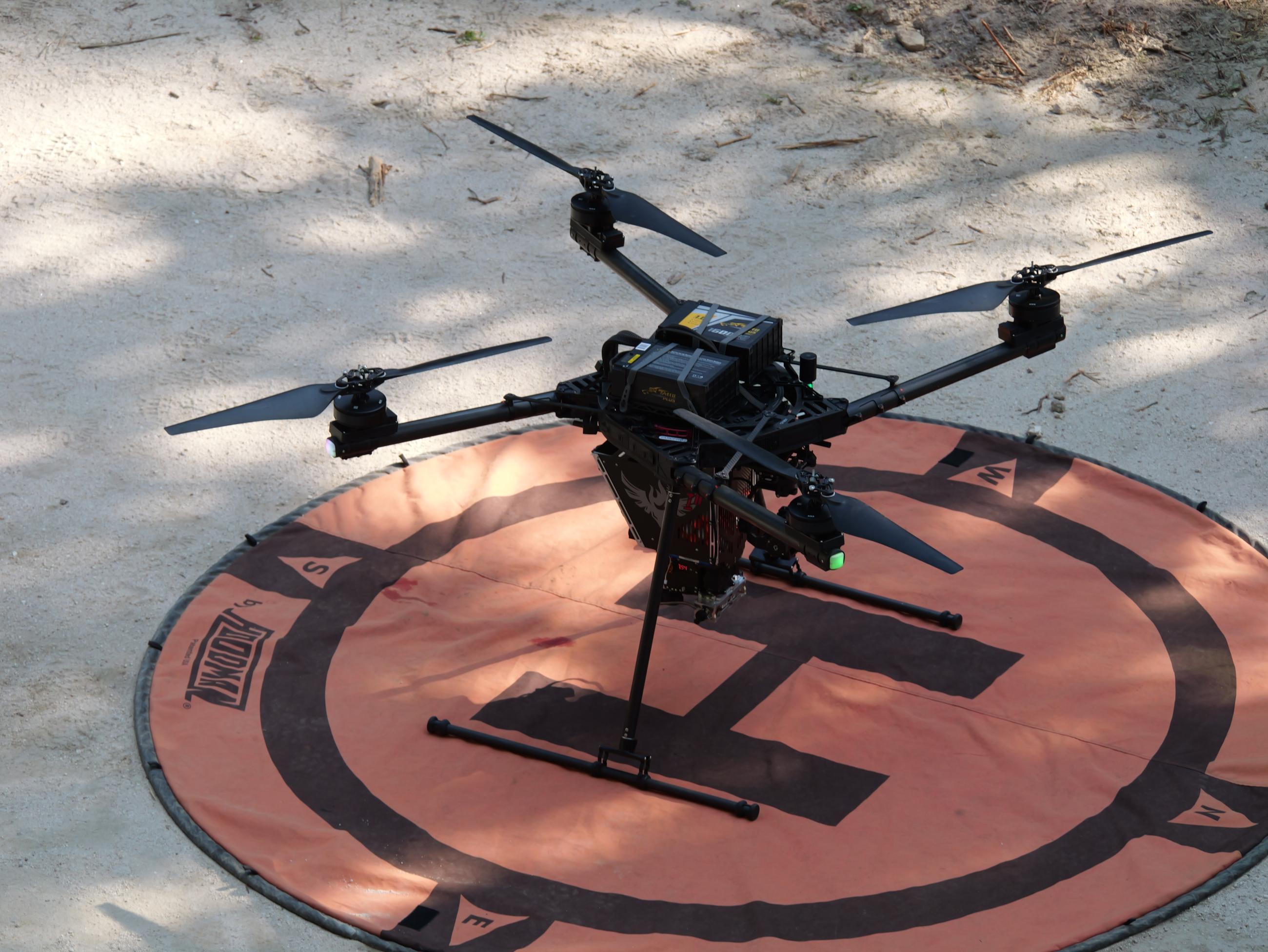
A drone equipped with a mechanism to conduct aerial firing sits on the take-off and landing pad during the Goat Fire.
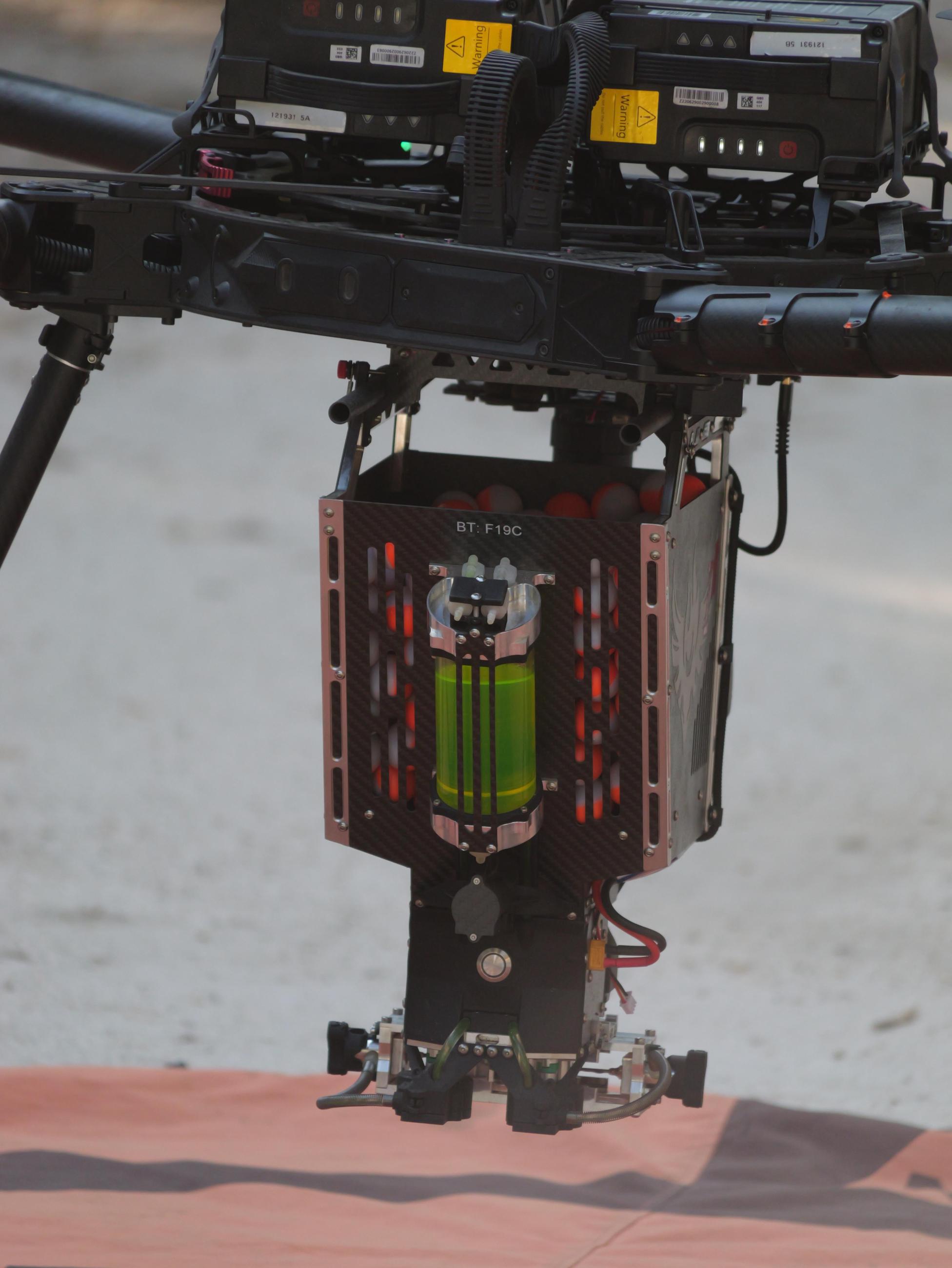
A drone can cover more area quickly and more safely than firefighters on foot. The drone drops small plastic balls that contain chemicals that react with anti-freeze to produce a small flame. The anti-freeze is injected into the balls just before being ejected from the drone.
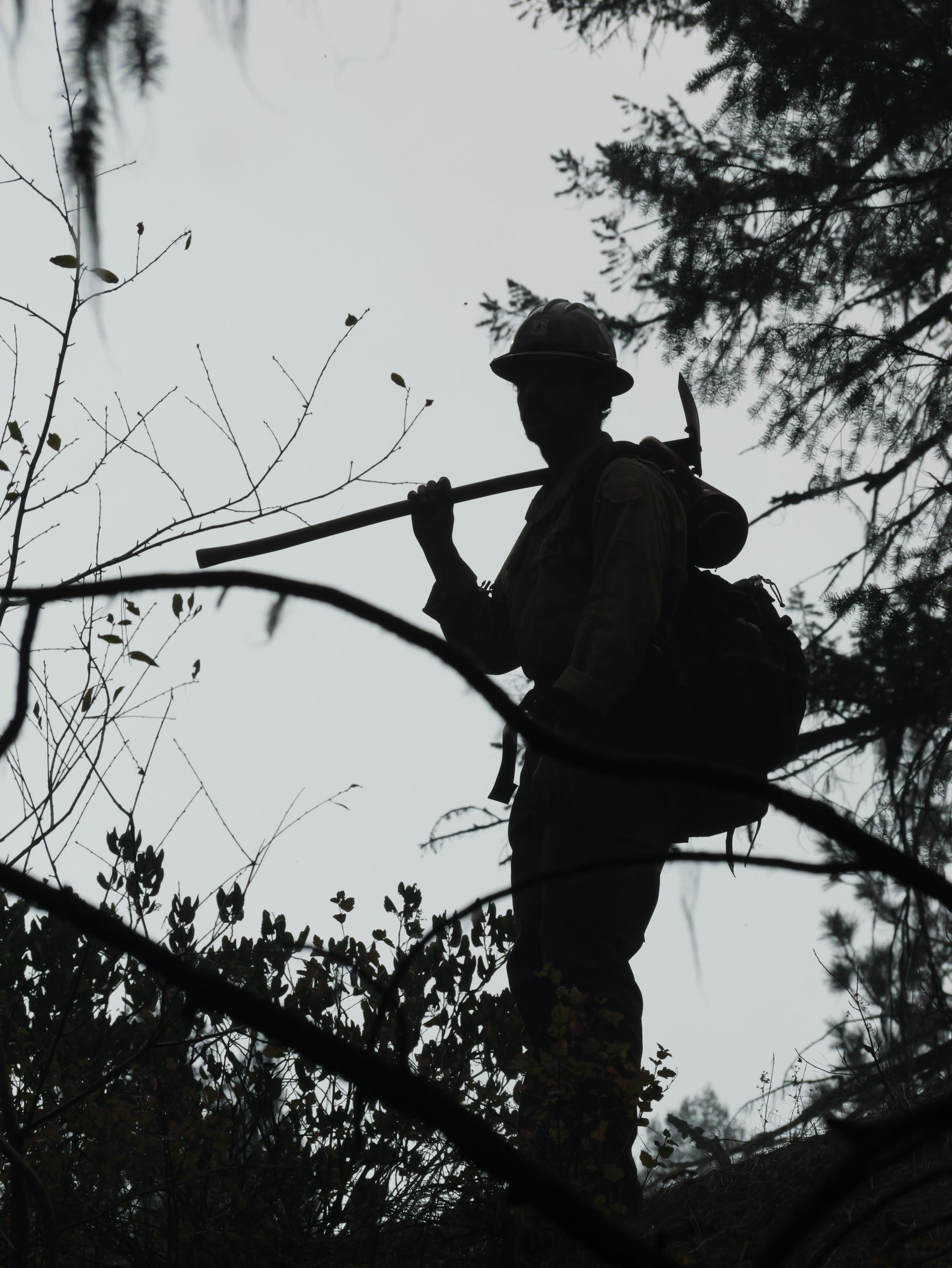
A member of the Palomar Interagency Hotshot Crew on the Goat Fire on October 8, 2024.
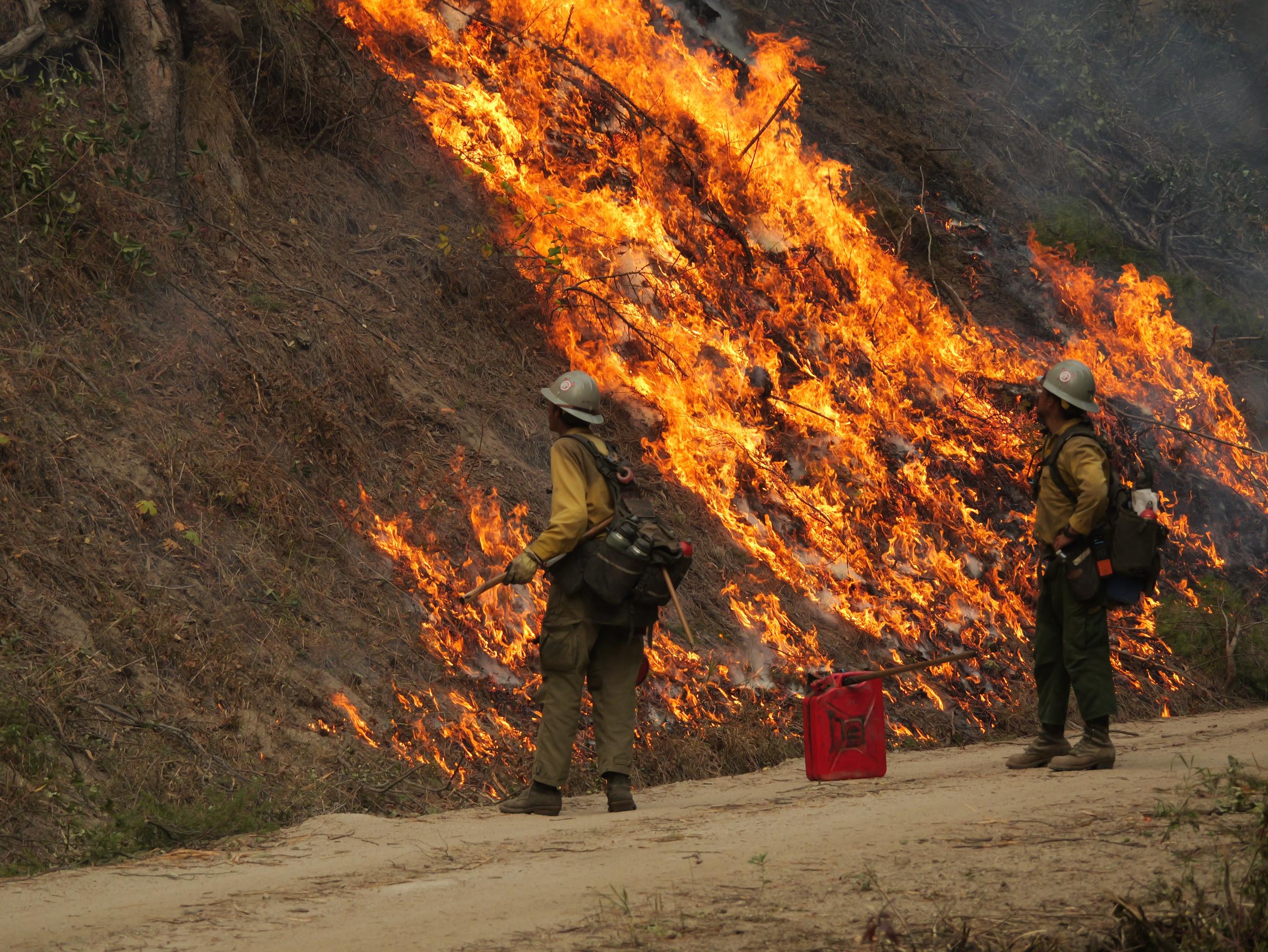
Hotshot crews have high levels of experience and training and are usually tasked with the most difficult assignments on a fire. This includes "burnouts" where they use fire to fight fire. In this photo members of California's Palomar Hotshots conduct a burnout near Boiling Springs Campground on the Goat Fire. By first thinning, and then burning the vegetation on the side of the road closest to the approaching fire, it deprives the advancing wildfire of fuel. Fire crews will watch the unburned side of the road carefully for days - on the hunt for any embers that may float over the now burnt out fireline.
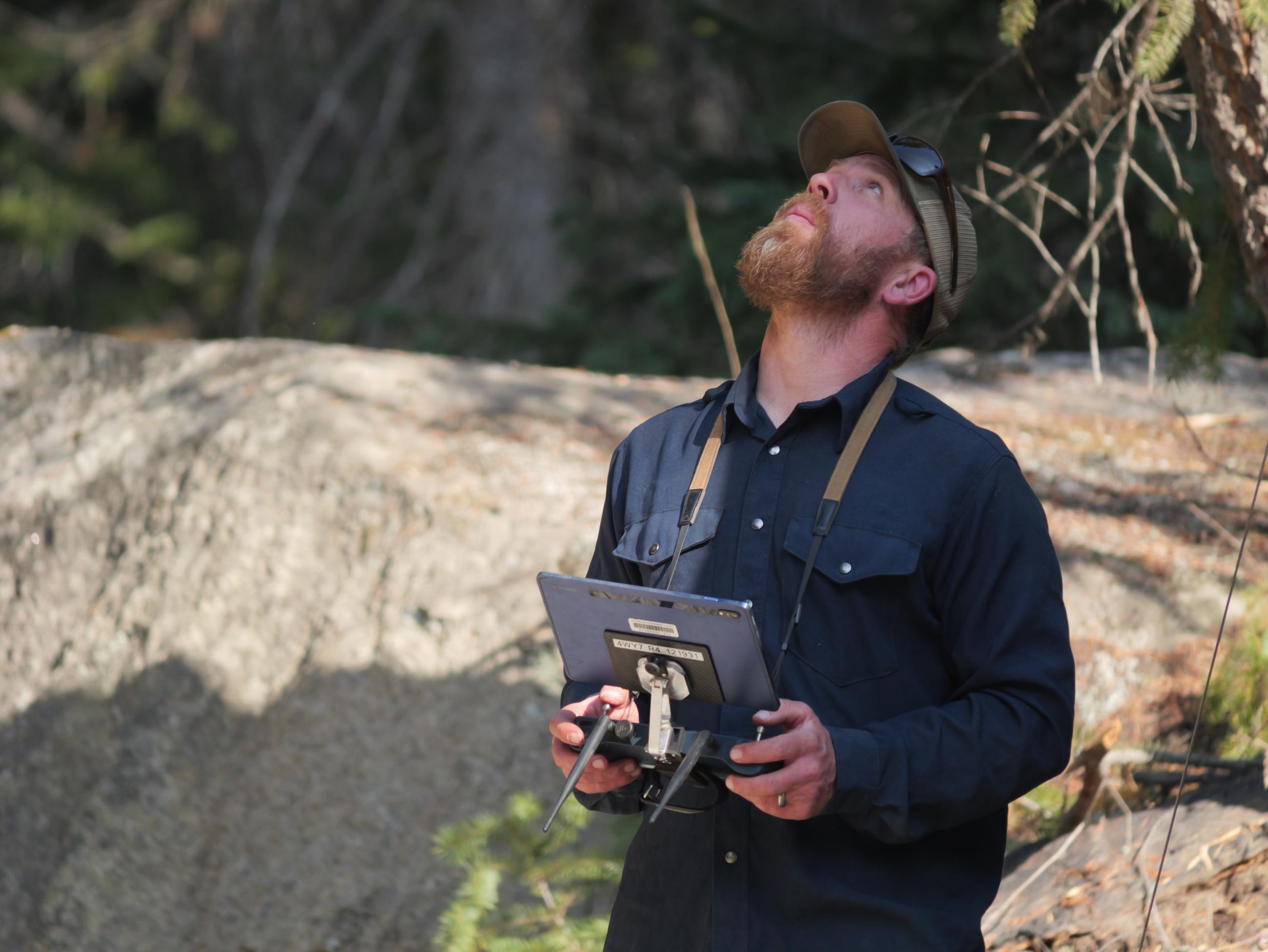
Drone pilot (and firefighter) Phil Roth pilots an Uncrewed Aerial System (UAS) during a burnout operation on the Goat Fire.
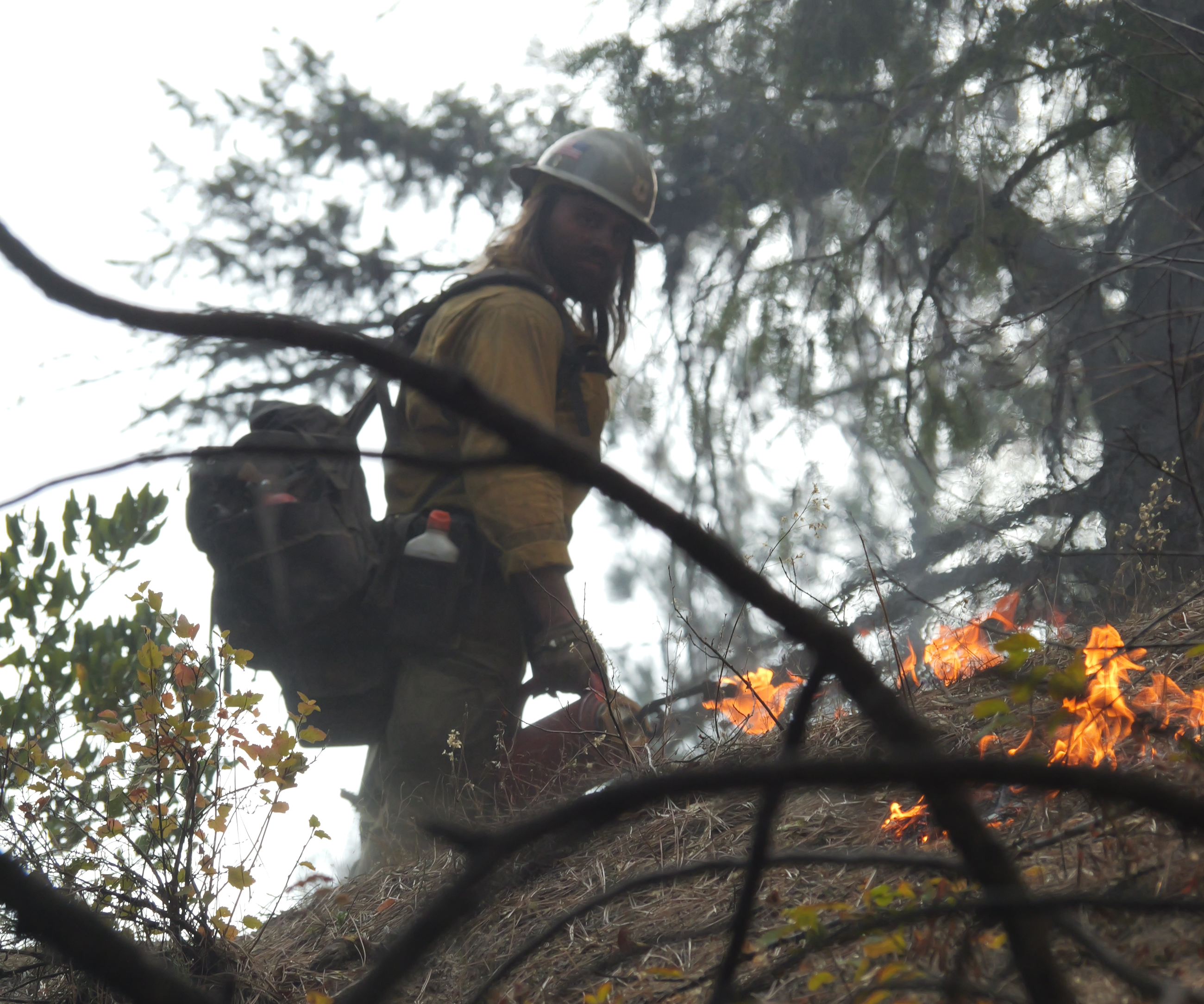
A member of the Palomar Hotshot Crew pauses on a ridge in the Boise National Forest while conducting a "burnout" on the Goat Fire on October 8, 2024.
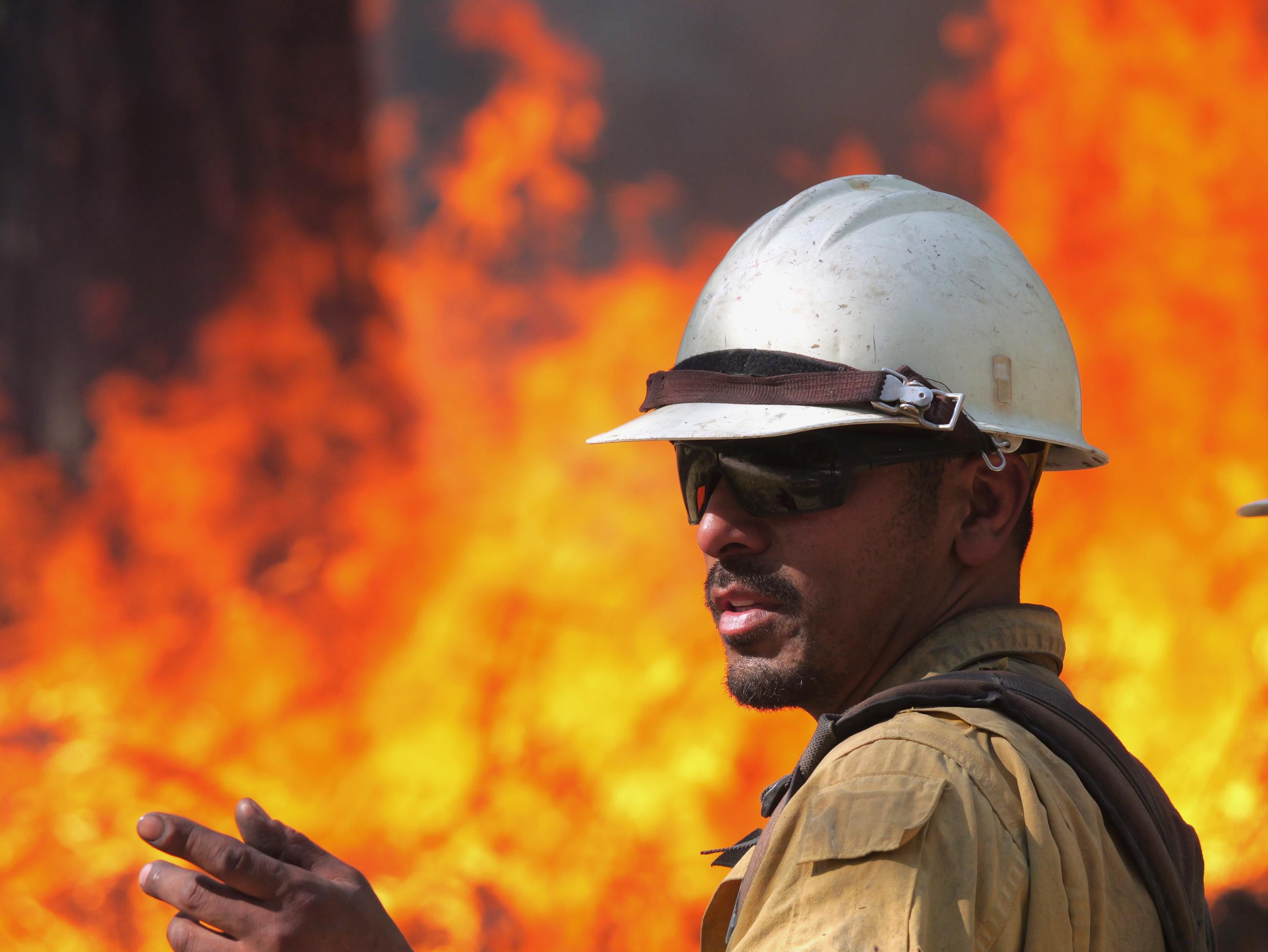
Boise Smoke Jumper Josh Rodriquez gives direction to a colleague during a burnout on the Goat Fire on Oct. 7. The picture was taken at a distance with a zoom lens, making the flames behind Rodriquez appear closer to him than they actually are. Photo by Public Information Officer Andy Lyon.

Ponderosa pine trees are a fire-adapted species - their thick bark can survive a surface fire like this one. Low-intensity fire can also burn off some of the lower limbs, making it harder for the next fire to climb into the trees' canopy. Finally, low-intensity surface fire exposes the mineral soil where Ponderosa seeds can germinate.

A water drop from a bucket like this can be highly effective in cooling down hotspots. This was being done on the Goat Fire near Silver Creek.
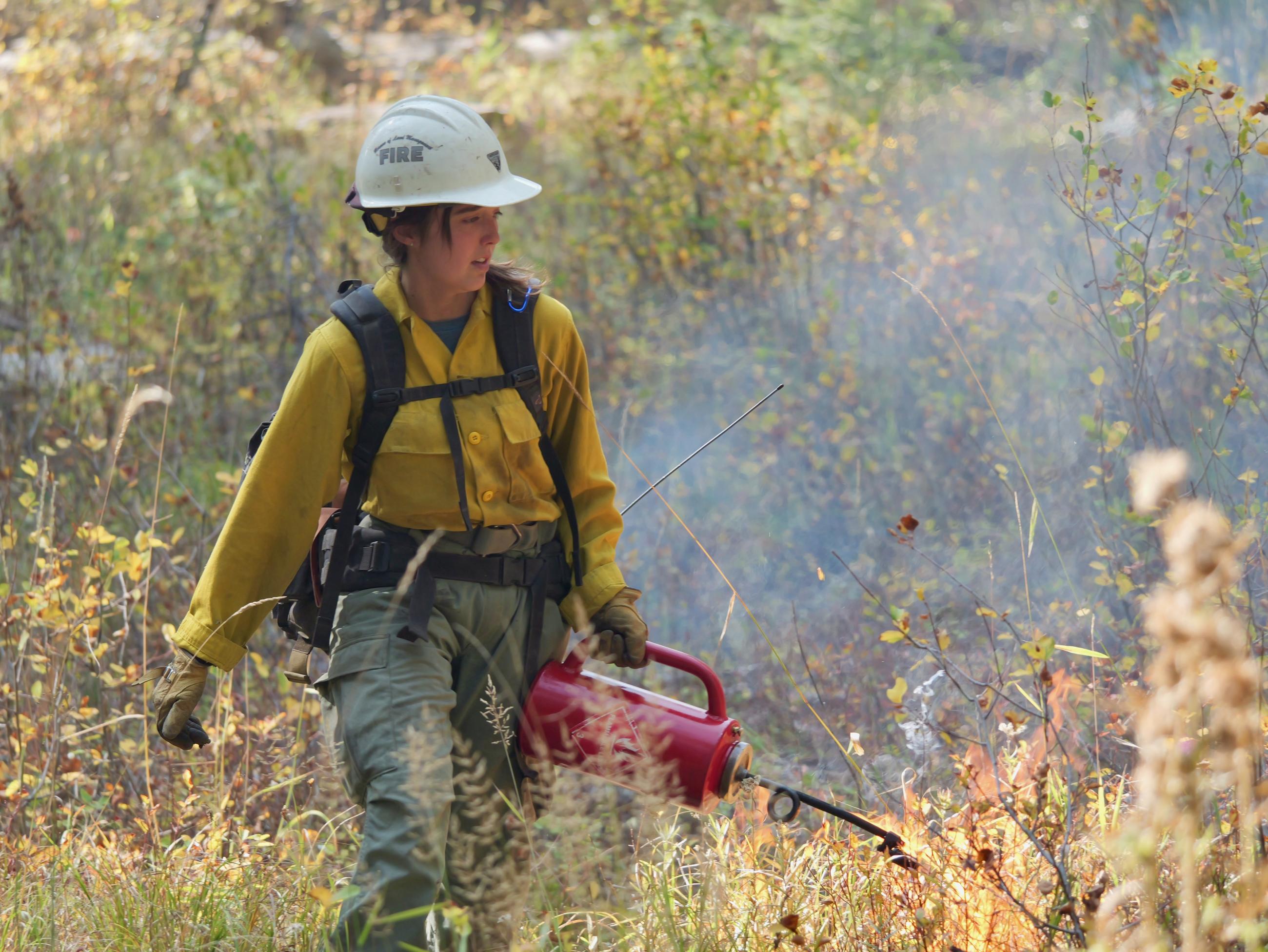
Fire personnel are "burning" out the fuels along forest roads in the Silver Creek area to prevent any further advance of the Goat Fire. The road had been prepared for use as a fire line previously. By burning out the fuel between the road and the advancing wildfire, crews "fight fire with fire."
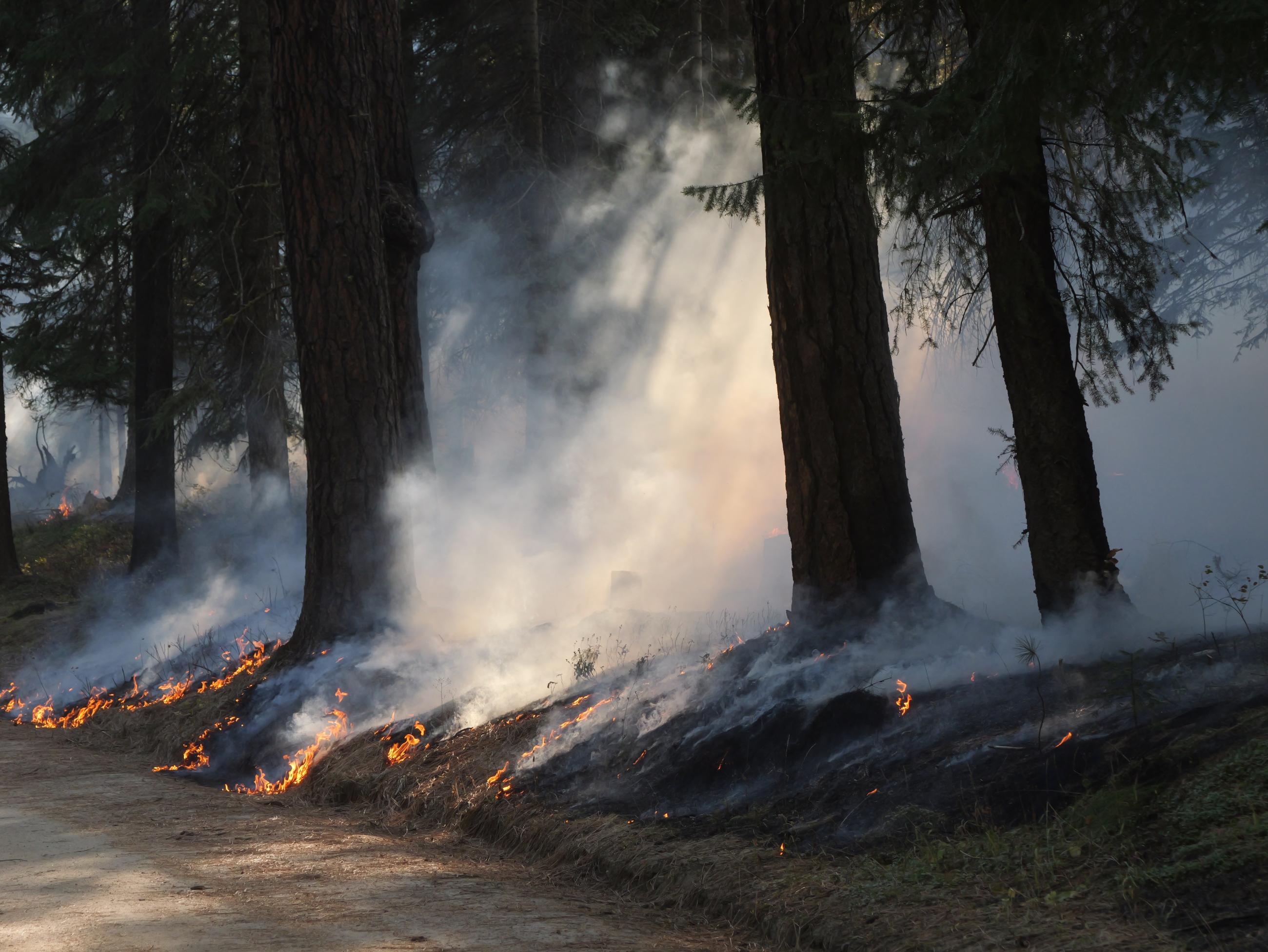
Flames approach FSSR 671 east of the SIlver Creek Guard Station during a burnout on the Goat FIre.
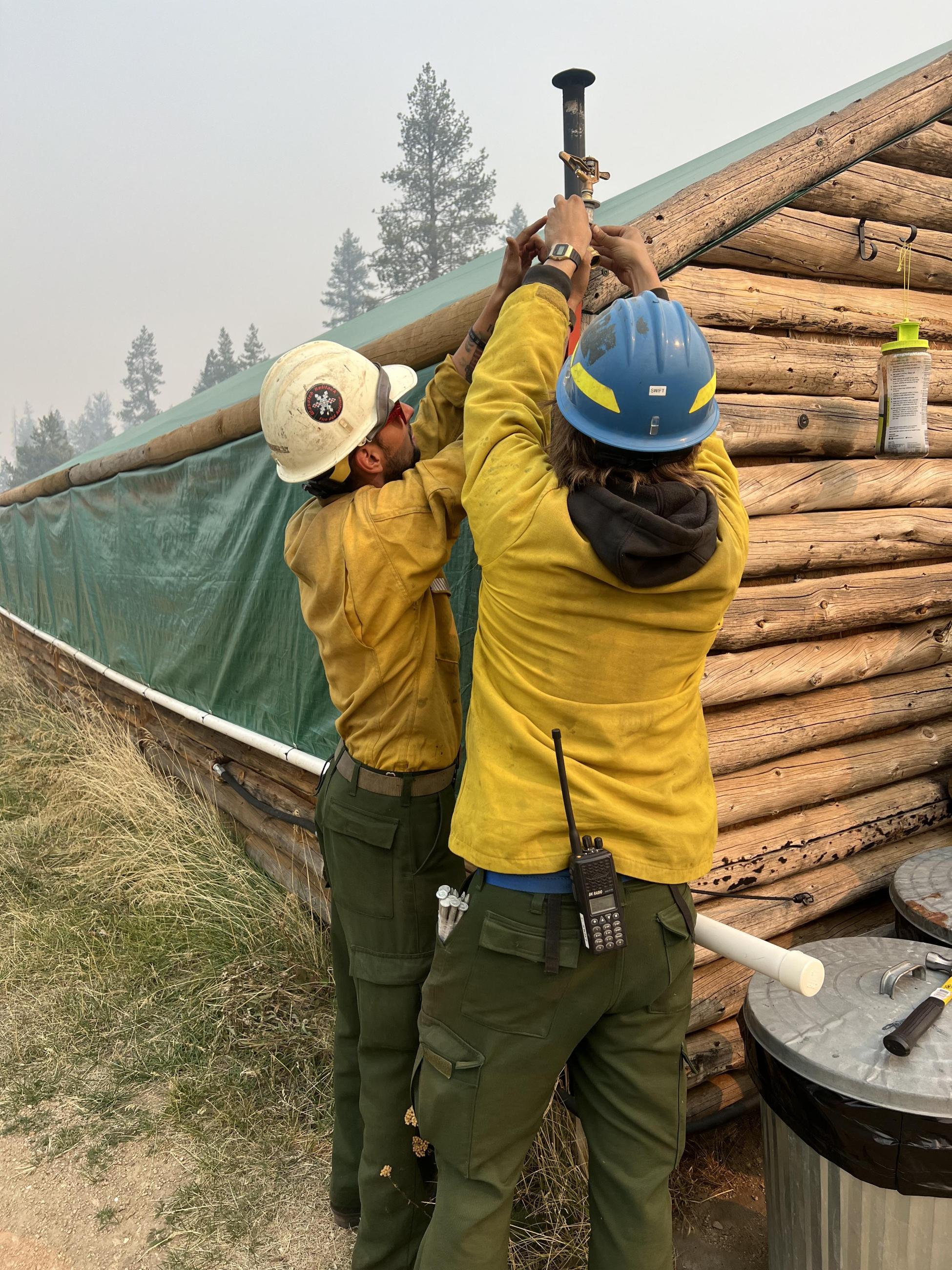
Crews installed sprinklers on Juniper Mountain Outfitters cabins north of the Goat Fire after the wind event drove the fire 3 miles northeast.

 InciWeb
InciWeb